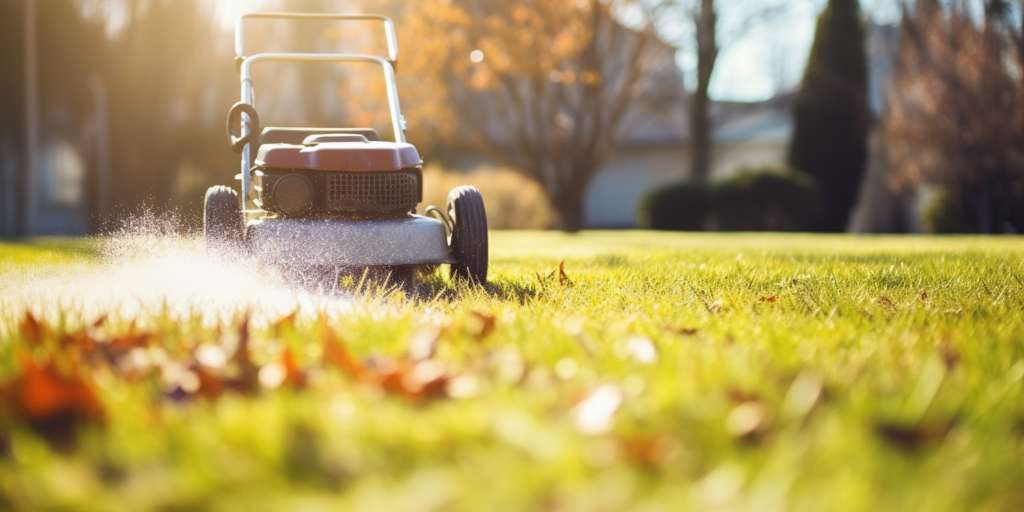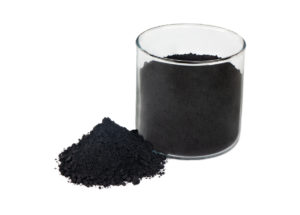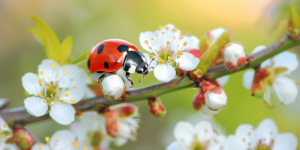When we think of our lawns, we think about enjoying time outside in the spring and summer. After all, the winter is when the grass doesn’t need our attention, right? Actually, that’s not the case. There are several things your lawn needs during its resting season to prepare it for a healthy growing season. Here are eight tips for winter care of your lawn.
1- Mowing
Even in early winter, your yard may still need to be mowed. A consistent height is important for fostering a dense stand of grass because it allows sunlight to reach smaller seedlings. Mowing may be necessary into early December, especially after fall fertilization.
2- Correcting pH
Any time of year is good for having lime applied, and winter can be a good choice because mowing is over or at least almost over. Getting your pH into the appropriate range is essential for preventing diseases and maximizing the performance of your fertilizer.
3- Applying Nitrogen
While spring nitrogen applications can be beneficial, the ideal time is actually late fall into early winter. Nitrogen applied during this window encourages strong roots, making your grass better able to withstand hot, dry conditions next summer. Spring fertilization creates thirsty top growth without supporting the development of the roots needed to feed it.
4- Renovating and New Seeding
While early fall is the ideal time to reseed or thicken your stand, late winter is acceptable as well. Seeds applied at this time often make better contact with the soil as the freeze-thaw cycle of late winter works them into the dirt. Weed competition is less significant during this time, creating a better opportunity for the new grass to get established.
5- Core Aerating
Many lawns are severely compacted, making it difficult for roots to reach deeper moisture. Proper core aeration removes some of the soil from the lawn surface, allowing the remaining soil to “fluff up” into the space. Core aeration can be done by a lawn service in late winter.
6- Repairing Equipment
Your mowers and trimmers should be in top condition before the mowing season begins, and winter is the perfect time to do maintenance. Sharpen blades for a proper cut that encourages healthy grass and get the engines and tires ready for the season too.
7- Sodding
Sodding is perhaps the most flexible option for upgrading a lawn. Only the very coldest times of year are not appropriate for sodding, so you can have new grass applied through this method from mid-February into spring as well as up until mid-December.
8- Applying Pre-Emergent Herbicides
The key to combating weeds is to stay a step ahead of them. As early as late February, depending on temperatures, your lawn can be treated with pre-emergent herbicides to keep troublesome spring weeds from even getting started.
A beautiful lawn for the spring and summer requires some upkeep through the winter. Taking the time during the winter will make a large difference during the spring and summer. With the right preparation, you’ll get the results you want.




